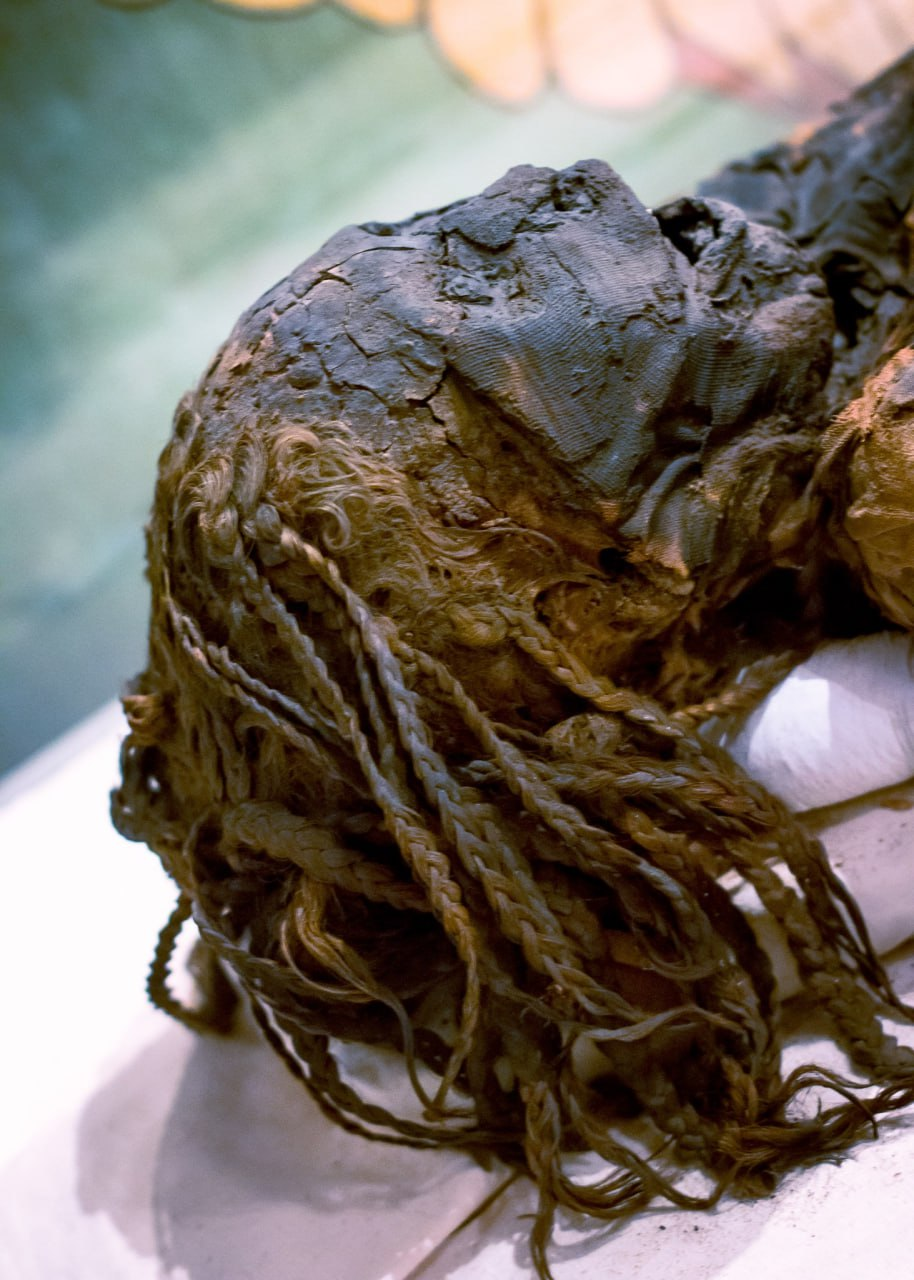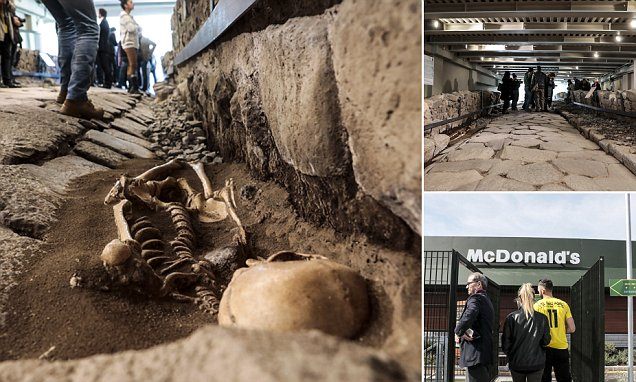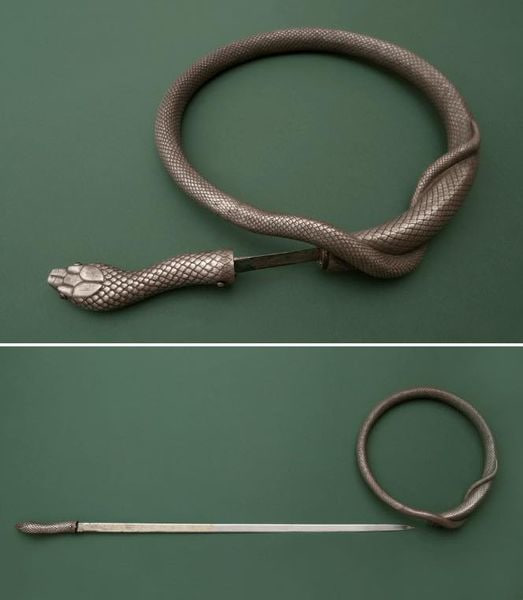The allure of archaeological discoveries never fails to captivate the imagination, offering glimpses into ancient civilizations and their remarkable ingenuity. Recently, archaeologists from Goethe-Universität Frankfurt am Main made an extraordinary find at a 1st-century CE Roman fort in Bad Ems, western Germany. Their excavation efforts unearthed a series of wooden defensive spikes strategically positioned in ditches encircling the fort, shedding new light on Roman military tactics and defensive strategies.

Guardians of the Fort:
The discovery of these wooden defensive spikes provides invaluable insights into the defensive measures employed by the Romans to fortify their outposts and protect against potential threats. Positioned in a V-shaped formation within the ditches surrounding the fort, these spikes served as formidable barriers, impeding the progress of would-be attackers and thwarting their advances. Such defensive structures were integral to the security and defense of Roman military installations, reflecting the meticulous planning and engineering prowess of the ancient Roman army.

Historical Significance:
The utilization of defensive spikes in Roman military fortifications is not a novel concept but has been documented in ancient texts, including Julius Caesar's "Gallic Wars." This groundbreaking discovery offers tangible evidence of the practical application of these defensive tactics, further corroborating historical accounts and enhancing our understanding of Roman military strategy. By analyzing the placement and construction of these spikes, archaeologists can glean valuable insights into the mindset and techniques employed by Roman military engineers in safeguarding their frontier territories.

Unlocking the Past:
The excavation and study of archaeological sites such as the Roman fort in Bad Ems provide a window into the past, allowing us to reconstruct ancient landscapes and lifestyles. Through careful analysis of artifacts, structures, and stratigraphy, archaeologists piece together the puzzle of history, unraveling the stories of past civilizations and shedding light on their achievements and challenges. The discovery of the defensive spikes in Bad Ems adds another layer to our understanding of Roman military infrastructure and the complexities of ancient warfare.

Looking to the Future:
As we marvel at the insights gleaned from this remarkable discovery, it is crucial to recognize the importance of archaeology in preserving and interpreting our shared cultural heritage. By supporting archaeological research and conservation efforts, we can continue to uncover the mysteries of the past and ensure that future generations have the opportunity to explore and learn from our ancient heritage. The discovery of the Roman defensive spikes in Germany serves as a reminder of the enduring relevance of archaeology in illuminating the complexities of human history and enriching our collective knowledge.
The unveiling of Roman defensive spike discoveries in Germany represents a significant milestone in archaeological research, offering fresh perspectives on Roman military tactics and fortification strategies. As we delve deeper into the mysteries of the past, let us celebrate the ingenuity and resilience of ancient civilizations and commit to preserving and interpreting our cultural heritage for generations to come. Through archaeology, we continue to unlock the secrets of the past and chart the course of human history.










